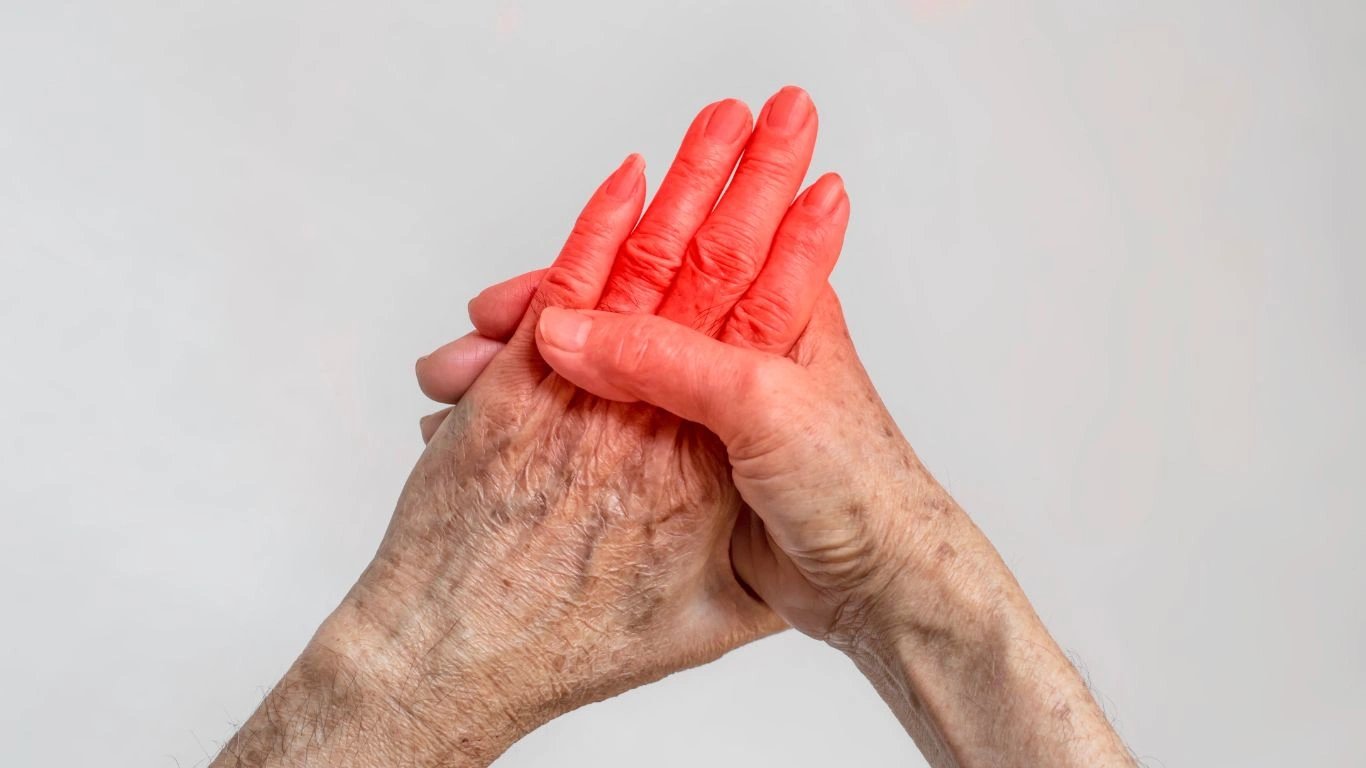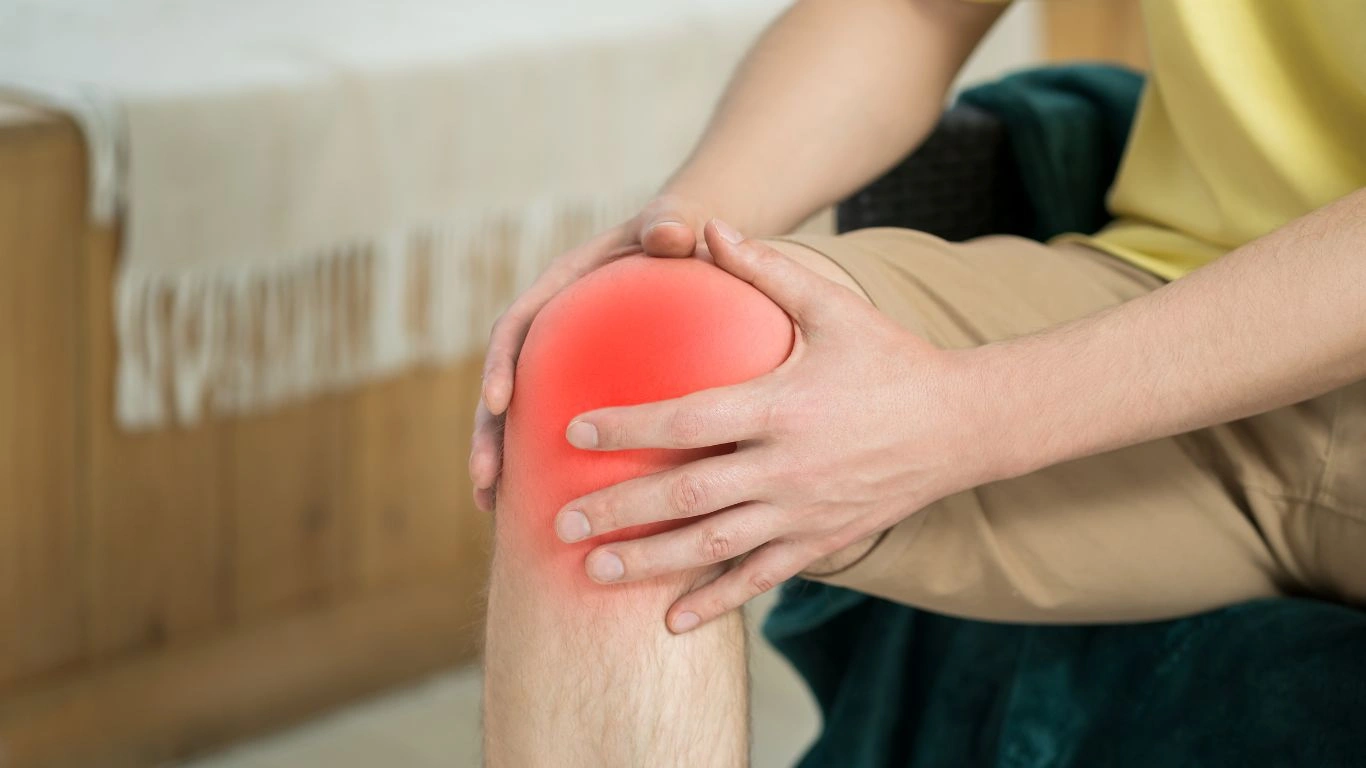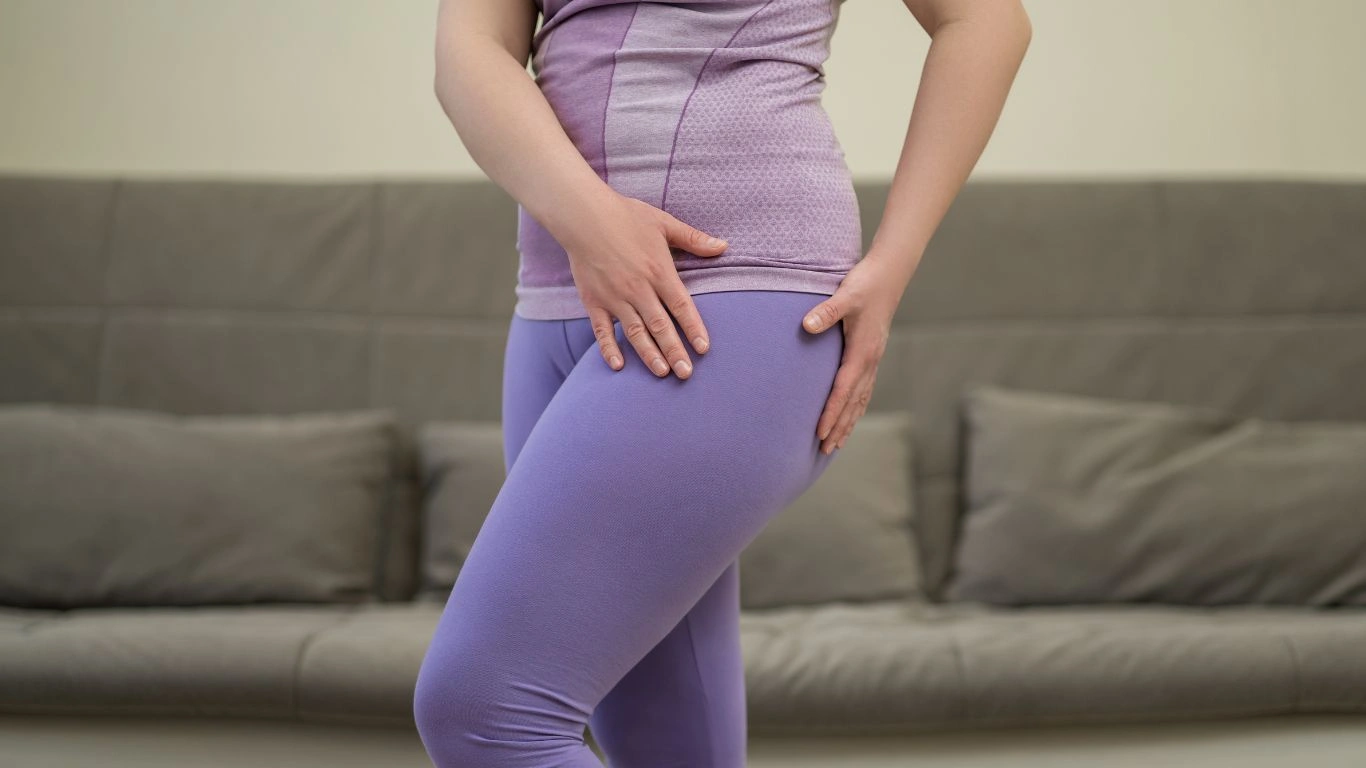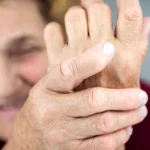Exercise Routines for Rheumatoid Arthritis Patients
Dealing with rheumatoid arthritis (RA) and wondering if exercise is even possible—or worth it? Good news: it’s not just possible, but it can also do wonders for how you feel, move, and live!
Why Exercise Matters for RA
If you’re living with RA, you know that inflammation and joint stiffness can be a daily challenge. But staying active helps you in so many ways:
- Reduces joint pain and stiffness: Gentle movement increases blood flow and lubrication in your joints.
- Boosts mood: RA can be tough on your mental health, but exercise releases endorphins—those magical mood lifters.
- Improves strength and flexibility: Stronger muscles take pressure off your joints, and flexibility helps you move more easily.
- Supports overall health: Regular exercise can help manage weight, reduce fatigue, and even improve sleep quality.

Best Types of Exercise for RA Patients
Okay, so what kind of exercise works best? It’s all about finding gentle, low-impact options that won’t stress your joints.
1. Stretching for Flexibility
Think of stretching as your warm-up and cool-down buddy. Stretching can ease joint stiffness and improve your range of motion. Here’s a quick routine:
- Neck Stretch: Gently tilt your head side to side. Hold each stretch for 10 seconds.
- Wrist Circles: Roll your wrists in both directions.
- Hamstring Stretch: Sit on the floor, extend one leg, and lean forward gently.
💡 Tip: Aim for at least 5–10 minutes of stretching every day. It’s a great way to start or end your day!
2. Low-Impact Aerobic Exercises
Aerobic exercise gets your heart pumping without overloading your joints. Some great options:
- Walking: A simple stroll around the block works wonders.
- Swimming or Water Aerobics: The water supports your body, so there’s minimal joint stress.
- Cycling: Stationary or outdoor cycling is a great low-impact way to stay fit.
💡 Tip: Start with 10–15 minutes, three times a week, and build up as you feel comfortable.
3. Strength Training
Building muscle strength helps protect your joints. No need to lift heavy weights; light resistance works just fine:
- Resistance Bands: These are easy on your joints but effective for toning.
- Bodyweight Exercises: Think wall push-ups or gentle leg lifts.
💡 Tip: Work with a physical therapist or trainer who understands RA to create a safe strength routine.

4. Yoga and Tai Chi
Both yoga and tai chi focus on slow, controlled movements, balance, and mindfulness. They’re perfect for improving flexibility and reducing stress. Some beginner-friendly poses:
- Yoga: Child’s Pose, Cat-Cow stretches.
- Tai Chi: Wave Hands Like Clouds for coordination and relaxation.
💡 Tip: Many classes are available online, so you can try them from the comfort of your living room.
5. Range of Motion Exercises
These simple exercises focus on gently moving each joint through its full range:
- Finger Bends: Curl and straighten your fingers.
- Ankle Rolls: Rotate your ankles in slow circles.
💡 Tip: These are great to do daily, even while watching TV!
Tips for Exercising Safely with RA

RA is unpredictable, and what works one day might feel impossible the next. Here are some tips to keep in mind:
- Listen to Your Body: If something hurts, stop. Modify exercises as needed.
- Start Small: Even 5–10 minutes of gentle movement is better than nothing.
- Stay Consistent: Regular, gentle activity makes a bigger difference over time.
- Warm Up and Cool Down: Always start with a gentle warm-up and finish with stretches.
- Use Heat or Ice: Heat can relax stiff muscles before exercise, while ice can reduce swelling afterward.
It’s all about starting small and building habits that make you feel good. Always consult with your doctor before starting any exercise plan, especially if you’re dealing with RA.

Appendices
FAQs
- Can exercise really help with RA pain? Absolutely! Gentle, low-impact exercises reduce pain, improve flexibility, and strengthen muscles to support your joints.
- What exercises should I avoid? Avoid high-impact activities like running or jumping, as they can stress your joints.
- How often should I exercise with RA? Aim for 30 minutes of low-impact activity most days of the week, but always listen to your body.
- Is yoga safe for RA patients? Yes! Gentle yoga can improve flexibility and reduce stress. Just stick to beginner-level poses.
- Can strength training damage my joints? When done properly with light resistance, strength training is safe and helps protect your joints by building muscle.
References
- American College of Rheumatology. (2023). Exercise and Arthritis. Read Article
- Arthritis Foundation. (2024). Safe Exercises for RA. Read Article
- Smith, J., & Brown, A. (2022). Physical Therapy and RA. Journal of Rheumatology, 45(3), 145–152.
Disclaimer
Note: This article is for informational purposes only. Always consult a healthcare professional for personalized advice and treatment plans tailored to your specific needs.













